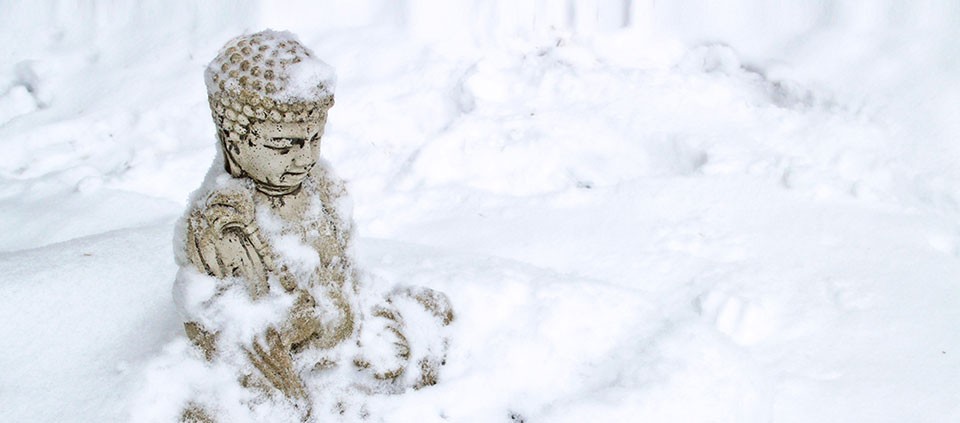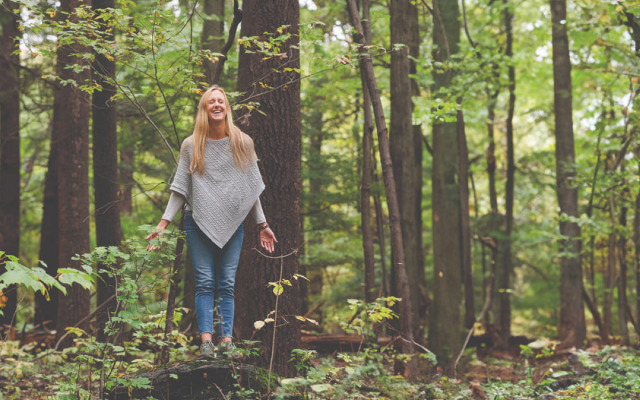There’s No Wrong Way to Meditate

There's no wrong way to meditate ... and, according to Steven Leonard, creator of Freestyle Meditation and a faculty member for the Kripalu School of Yoga, there are hundreds of right ways.
Steven says that half his job as a meditation teacher is debunking people’s misconceptions about the practice. “Almost every meditation class I teach,” he says, “there are people who tell me, ‘I can’t empty my mind’ or ‘I can’t stop my thoughts.’ The first step is helping them understand that not only is stopping your thoughts not the point of meditation, it’s not even possible.”
What is the point? Whatever you want it to be, says Steven. “A broad definition of meditation is that it connects you with a quality you want to embody in your day-to-day experience,” he says. Whether you’re looking to cultivate more freedom, balance, joy, gratitude, or flow, there’s a meditation practice that will spark and nurture that quality—and it doesn’t have to involve sitting on a cushion with your eyes closed.
To explain the various approaches to meditation, Steven often uses the analogy of yoga: Different styles of yoga appeal to different personalities or bodies, and you can modify the practice to make it work for you. “As a yoga teacher, I would never push someone to do a certain variation of a posture,” he says. “I would invite them to do it in their own way and at their own pace, and give them permission to listen to their body and make adjustments.”
Thinking about meditation like this opens up a whole new, intimidation-free world. According to Steven, cooking, hiking, even petting your dog can qualify as meditation if you’re doing it with awareness and intentionality.
When and how often you meditate is also in your court, Steven says. “Some people like to start the day with it, to help them feel grounded, and others prefer to meditate at night, to integrate the day and prepare for sleep. Midday works well for me—it gives me energy for the rest of the afternoon.” He recommends starting with just a few minutes a few times a week, and increasing as feels right.
“You get to create your own rules,” he says. “First, get clear about your intention, and then experiment to find the practice to fit that intention. For most people, the point is not to transcend the human experience, as it was for the ancient yogis, but to support our everyday lives.”
Here are five out-of-the-box meditations to try:
- Watch the birds. Let their colors and songs wash over you as they flash by, without trying to identify them.
- Move with awareness. Next time you walk to your car, do the dishes, or take out the trash, notice your thoughts and sensations as you accomplish your task.
- Breathe fully. Every time your phone buzzes to announce a text or email, inhale on four counts and exhale on five.
- Write. Do 10 minutes of meditative journaling, letting the words flow onto the page as they come to you, without editing them.
- Give thanks. Each day, at a set time, take a moment to name three things you are thankful for.
Steven Leonard is a faculty member for the Radiance Sutras School of Meditation, the Kripalu School of Yoga and has been leading teacher trainings for more than a decade.
Full Bio and Programs